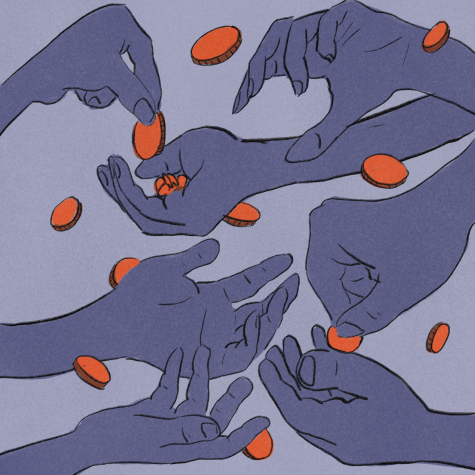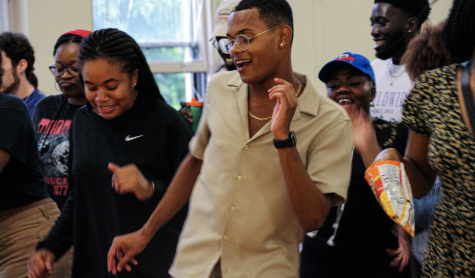Legends of Capoeira
There are many heroes, mestres, and legends that represent the legacy of Capoeira Angola and inspire our practice today at Oberlin. Heroes such as Besouro Mangangá who lived in Brazil in the 19th century and was famed for using Capoeira as a tool for protecting and supporting the people of his community in Santo Amaro. Legend says Capoeira helped make him “untouchable” to his adversaries — neither bullets, nor knives could break his skin. Some even believed he could transform himself into a beetle and fly away when necessary. Many of the older Capoeira mestres continue to share stories of times when Besouro made sure workers got their pay from employers who tried to exploit them. Capoeiristas speak proudly of Besouro using his Capoeira skills to disarm police who tried to brutalize him or his community — how he’d return weapons to the police station to shame their efforts to gain control over him and his people.
Besouro is said to have died in 1924 after an elaborate plot was made by the mayor and police chief to take his power and shoot him when he was at his most vulnerable. There is an Afrikan proverb that tells us: “We live as long as we are remembered.” Truth lives somewhere between history, memory, and imagination. What is important to the Capoeirista is the revolutionary power that lives in us through the memories of Besouro. The values and principles that made him great are what we strive to embody today. Besouro’s legacy is rooted in a profound love for Black people, a people enduring hardships by seeking strength in spiritual truths buried inside ancestral traditions. The songs and stories of Besouro work to inspire new generations redefining a revolution for their own times — generations committed to protecting and celebrating those most vulnerable in our communities today.



